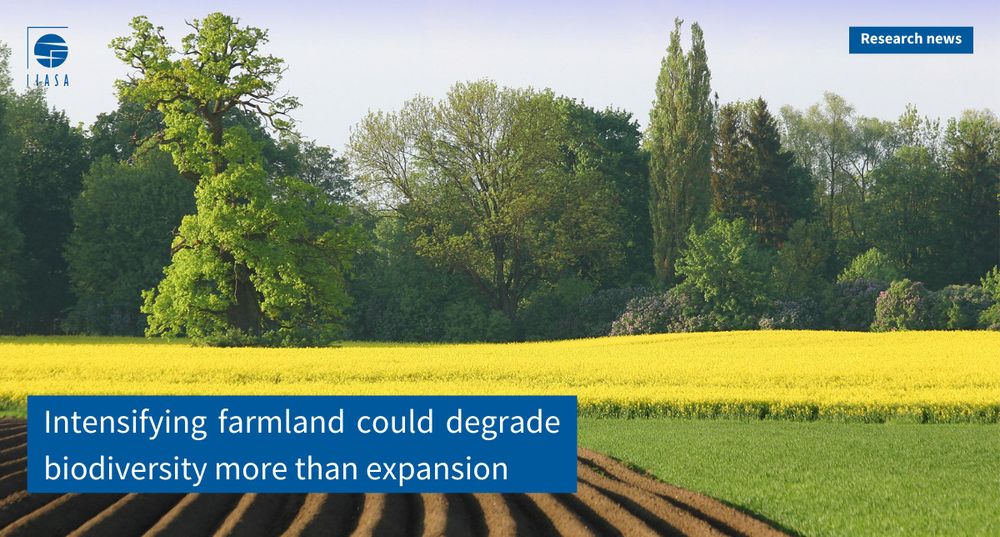Silvia Ceausu
@silviaceausu.bsky.social
34 followers
22 following
15 posts
Postdoc at UCL CBER https://www.ucl.ac.uk/biosciences/gee/ucl-centre-biodiversity-and-environment-research. Biodiversity conservation research focused on agriculture, trade, ecosystem services, human-wildlife coexistence, rewilding
Posts
Media
Videos
Starter Packs
Reposted by Silvia Ceausu
Reposted by Silvia Ceausu
Reposted by Silvia Ceausu
Reposted by Silvia Ceausu
UCL News
@uclnews.bsky.social
· May 1

Intensifying farmland can sometimes degrade biodiversity more than expansion
The intensification of existing farmland can sometimes be more harmful to local biodiversity than expanding the area covered by agricultural land, finds a new study led by UCL researchers.
www.ucl.ac.uk




